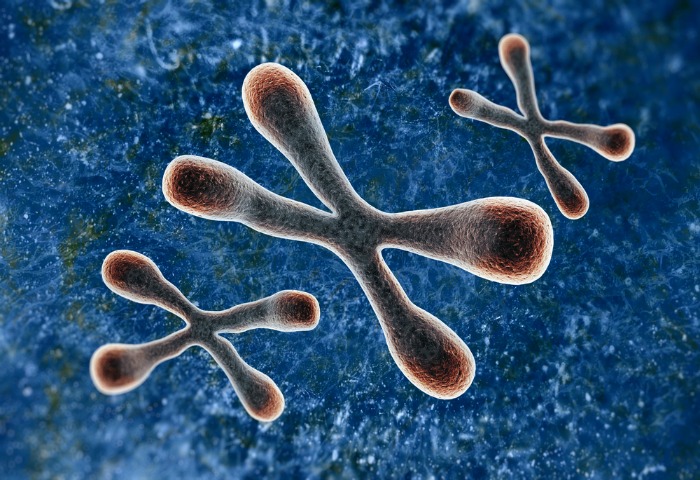The chemical 2,3-pentanedione (PD) is used to impart the flavor and aroma of butter in microwave popcorn. Ann F. Hubbs, from the National Institute for Occupational Safety and Health, US Centers for Disease Control & Prevention (CDC; West Virginia, USA), and colleagues studied groups of rats exposed for six hours to different concentrations of PD, a comparable concentration of diacetyl (formerly used in microwave popcorn but subsequently found to cause life-threatening lung disease in factory workers), or filtered air. Since the investigators observed signs of delayed toxicity, they exposed additional rats to PD, and further microscopically examined the brains, lungs, and nasal tissues from these rats 0-2 hours, 12-14 hours, and 18-20 hours after exposure. investigators then evaluated changes in gene expression in discrete brain regions. The team found respiratory epithelial injury in the upper nose, and that PD exposure caused necrosis and apoptosis in the olfactory neuroepithelium and activation of caspase 3, a protein that plays a role in cell death, in axons of olfactory nerve bundles. Signs consistent with neurotoxicity included increased expression of the inflammatory mediators, interleukin-6 and nitric oxide synthase-2, as well as decreased expression of vascular endothelial growth factor A in the olfactory bulb, striatum, hippocampus, and cerebellum. The study authors warn that: “2,3-pentanedione is a respiratory hazard that can also alter gene expression in the brain.”
Popcorn Flavoring a Potential Health Hazard
Ann F. Hubbs, Amy M. Cumpston, W. Travis Goldsmith, Lori A. Battelli, Michael L. Kashon, Mark C. Jackson, et al. “Respiratory and Olfactory Cytotoxicity of Inhaled 2,3-Pentanedione in Sprague-Dawley Rats.” The American Journal of Pathology, 12 August 2012.
RELATED ARTICLES




